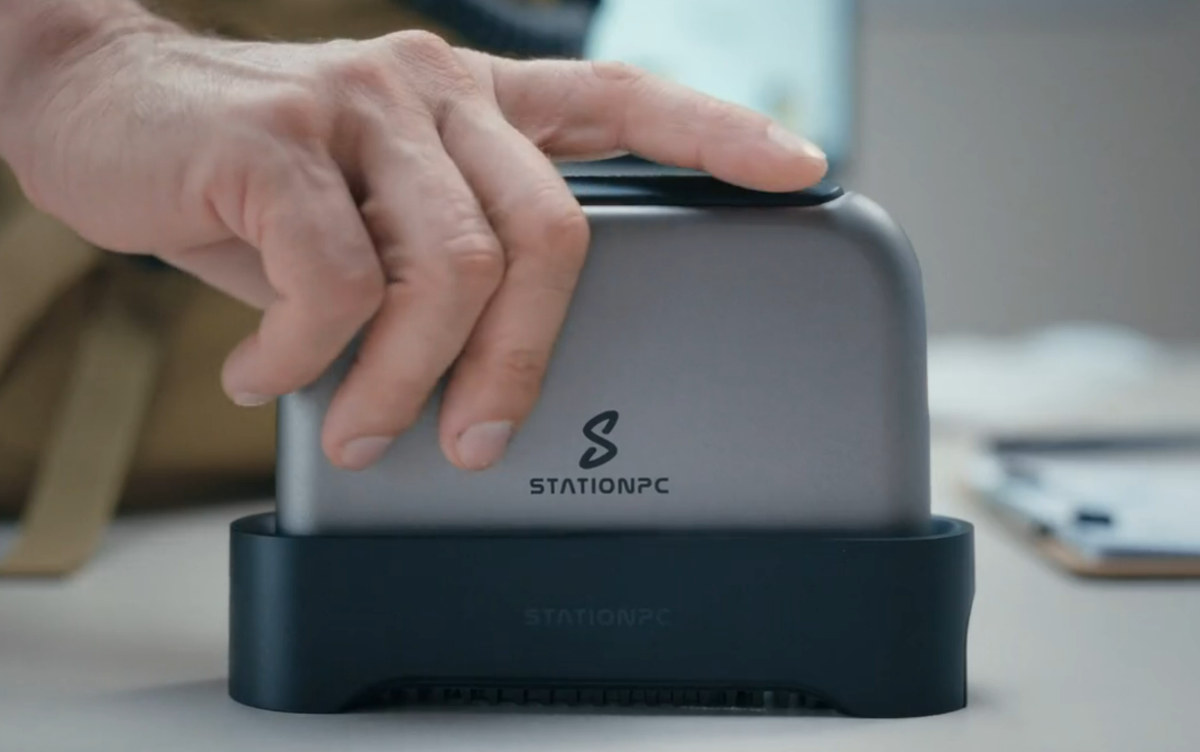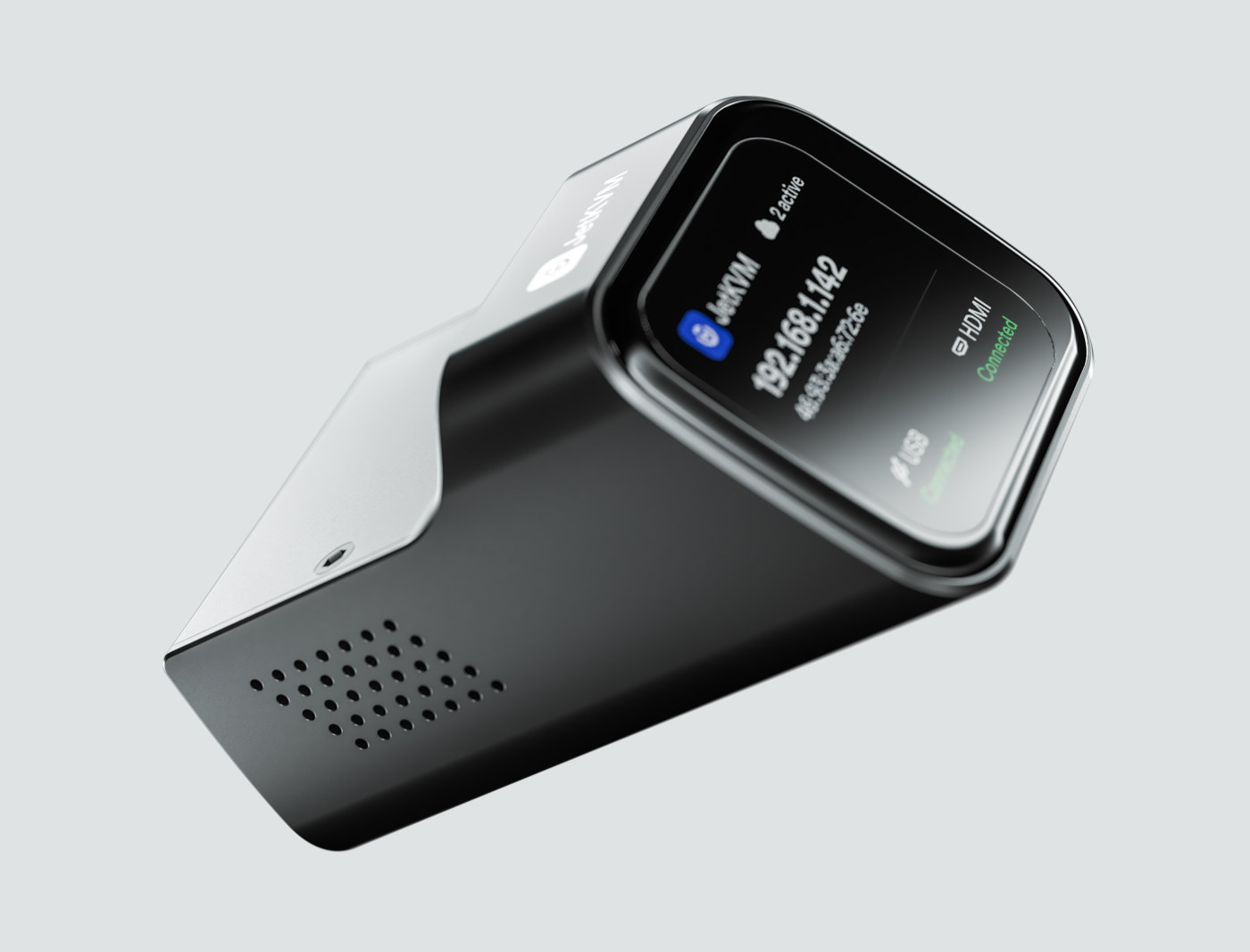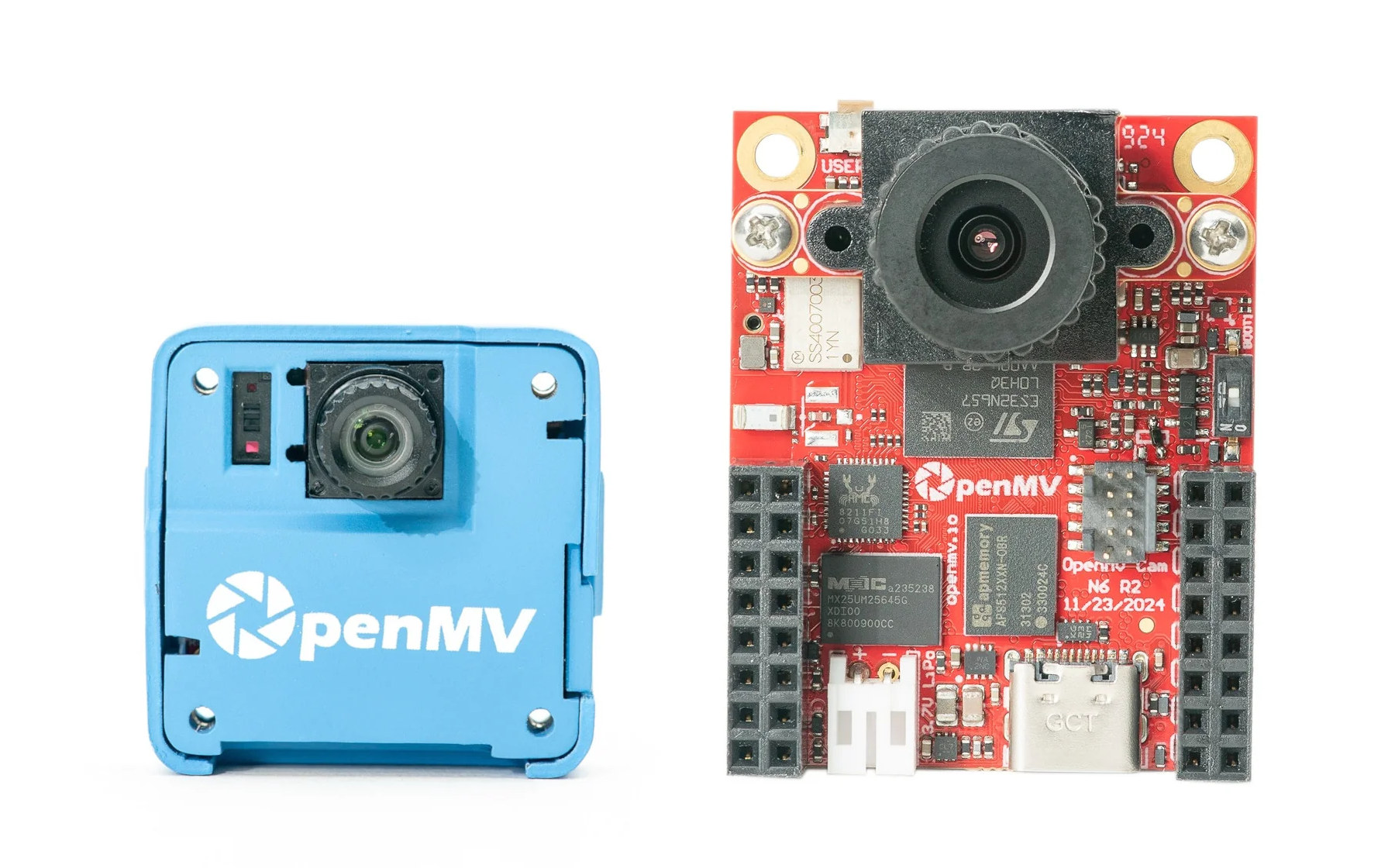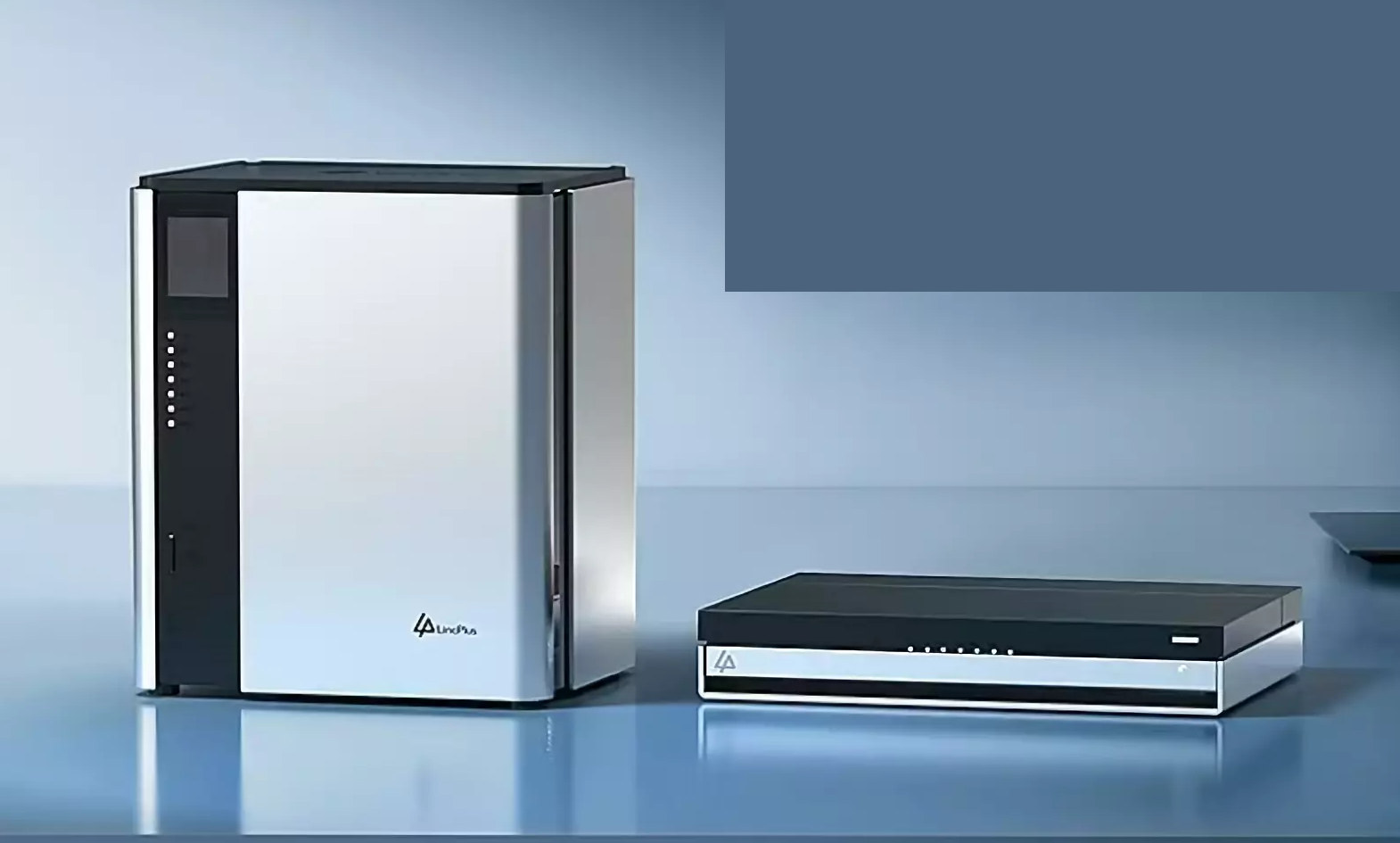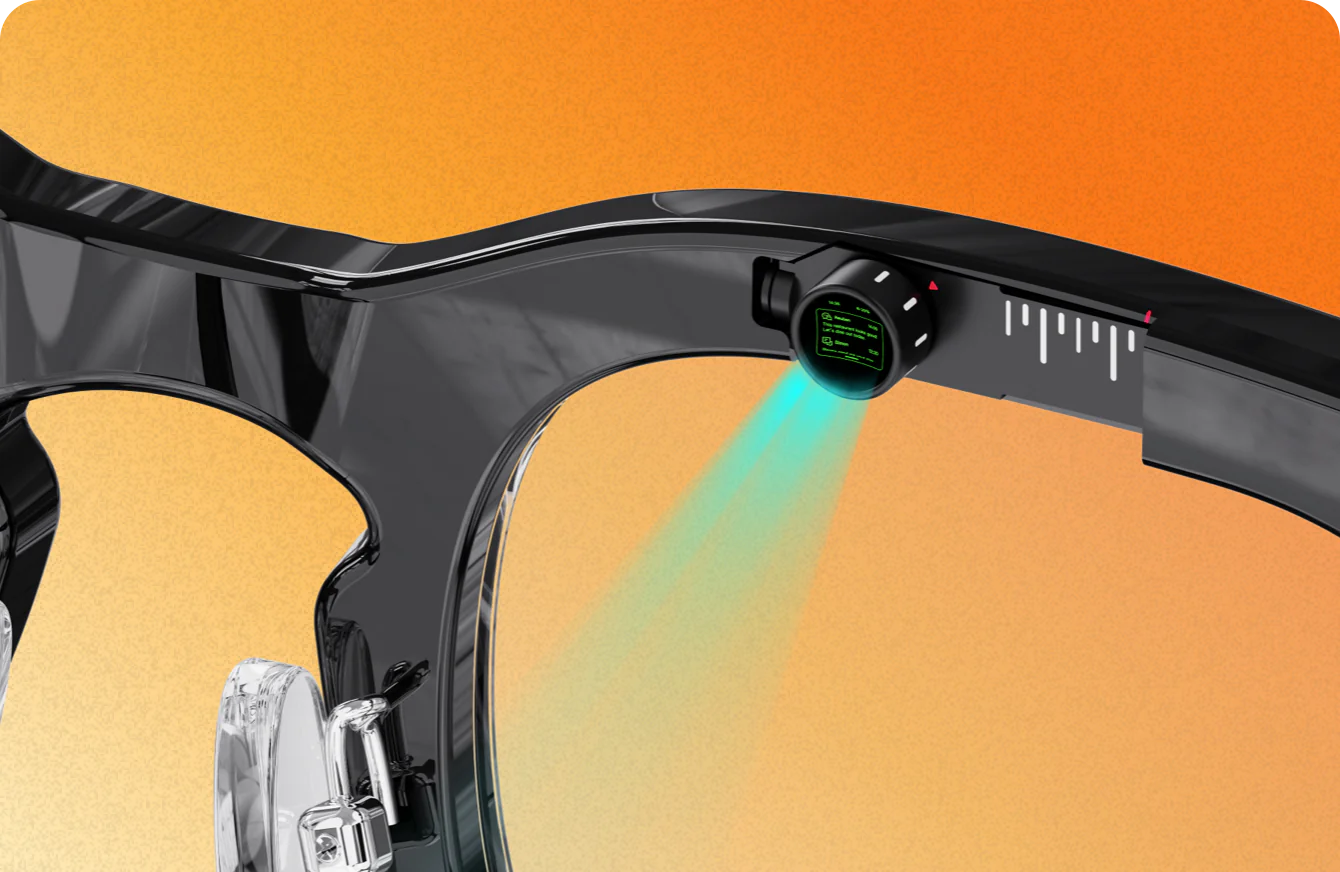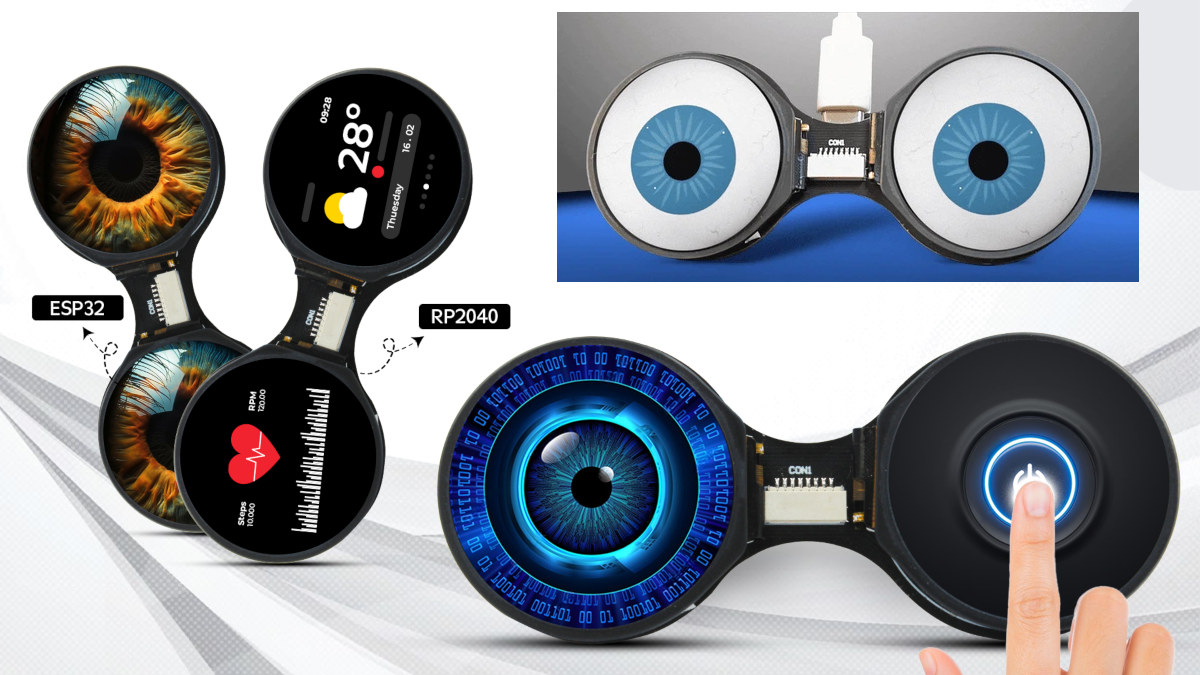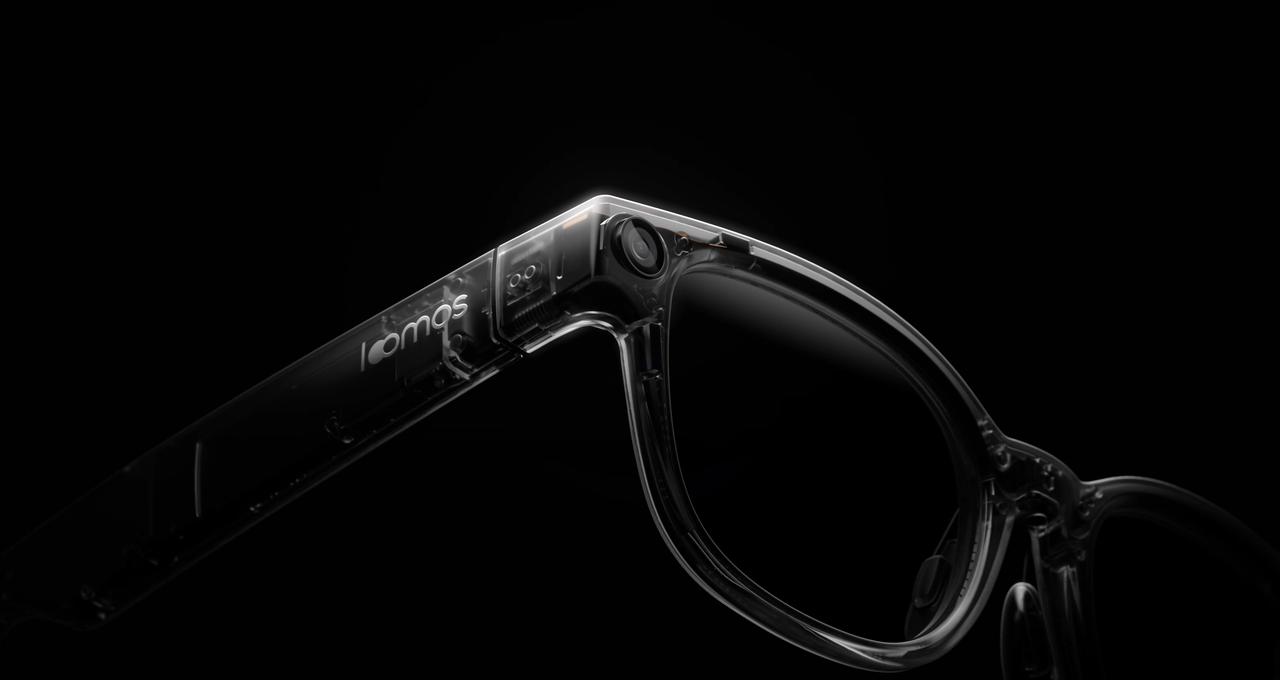Firefly’s PocketCloud is a battery-powered, portable NAS powered by a Rockchip RK3568B2 quad-core Arm Cortex-A55 SoC with 4GB LPDDR5 of RAM and a 32GB eMMC flash for the OS, and supports up to 16TB of NVMe SSD storage. It’s comprised of the battery-powered PocketCloud itself with WiFi 6 and Bluetooth 5.2 connectivity, and an optional dock with 2.5GbE networking and an additional M.2 NVMe socket. Since I’m unable to find a 16 TB M.2 NVMe SSD for now, I suppose the 16TB claim only works with an 8TB + 8TB configuration with one SSD in the main unit, and the other in the dock. PocketCloud specifications: SoC – Rockchip RK3568B2 (as found in ODROID-M1 SBC) CPU – Quad-core Cortex-A55 processor @ up to 2.0 GHz GPU – Arm Mali-G52-2EE AI Accelerator – 1TOPS NPU System Memory – 4GB LPDDR4 Storage 32GB eMMC 5.1 flash M.2 PCIe Gen3 socket for M.2 […]
JetKVM – A $69 KVM over IP solution with open-source software
We’ve been writing about some low-cost KVM over IP solutions like the Sipeed NanoKVM Cube or GL.iNet Comet in recent times, but the JetKVM has been pointed out to me as another alternative with the benefit of having open-source software (which the NanoKVM also got last month). The JetKVM was launched for $69 on Kickstarter last fall and the crowdfunding campaign was amazingly successful with over 4 million dollars raised from just over 30,000 backers. Key features include 1080p60 video with 30-60ms latency using H.264 encoding, mouse and keyboard emulation, remote management via JetKVM Cloud using WebRTC for accessing the devices from outside the LAN, and open-source software written in Golang on Linux. JetKVM specifications: SoC – Rockchip RV1106G3 CPU – Arm Cortex A7 @ 1.0GHz VPU – H264 & H265 hardware encoder Memory – 256 MB DDR3L on-chip Storage – 16 GB eMMC flash Display – 1.69-inch IPS capacitive […]
MicroPython-programmable OpenMV N6 and AE3 AI camera boards run on battery for years (Crowdfunding)
OpenMV has launched two new edge AI camera boards programmable with MicroPython: the OpenMV AE3 powered by an Alif Ensemble E3 dual Cortex-M55, dual Ethos-U55 micro NPU SoC, and the larger OpenMV N6 board based on an STMicro STM32N6 Cortex-M55 microcontroller with a 1 GHz Neural-ART AI/ML accelerator. Both can run machine vision workloads for several years on a single battery charge. The OpenMV team has made several MCU-based camera boards and corresponding OpenMV firmware for computer vision, and we first noticed the company when they launched the STM32F427-based OpenMV Cam back in 2015. A lot of progress has been made over the years in terms of hardware, firmware, and software, but the inclusion of AI accelerators inside microcontrollers provides a leap in performance, and the new OpenMV N6 and AE3 are more than 100x faster than previous OpenMV Cams for AI workloads. For example, users can now run object […]
LincStation N2 and S1 6-bay HDD/SSD NAS systems ship with Intel N100/N97 CPU, UnRaid OS (Crowdfunding)
LincPlus LincStation N2 and S1 are two 6-bay NAS systems taking SATA or SSD drives based on Intel Processor N100 or N97 CPU, and running UnRaid OS Linux distribution by default. The LincStation N2 features an Intel N100 CPU coupled with 16GB LPDDR5 and 128GB eMMC flash, two SATA bays for 2.5-inch drives, four M.2 2280 NVMe SSD slots, and 10GbE networking. The LinStation S1 has a larger design with an Intel N97 CPU, 8GB DDR5 (SO-DIMM, upgradeable), 64GB flash, four SATA bays for 3.5-inch drives, two M.2 2280 NVMe SSD slots, and two 2.5GbE ports. Both models also come with USB ports for expansion. LincStation N2 NAS Specifications: SoC – Intel Processor N100 quad-core processor up to 3.4 GHz with 6MB cache, 24EU Intel UHD Graphics Gen 12 @ 750 MHz; TDP: 6W System Memory – 16GB LPDDR5 (soldered on mainboard) Storage 128GB eMMC flash 2-bay SATA3.0 slots for […]
Halliday Proactive AI Smart Glasses feature invisible display, real-time translation, and hands-free control for $369+ (Crowdfunding)
Like the wearable voice-activated assistants last year (Rabbit R1 and Humane AI), smart glasses have become quite trendy and will likely be the most popular AI-enabled form factor this year. The Halliday smart glasses are a pair of AI-enabled smart glasses with an invisible display and a proactive assistant that “helps before you ask”. The Halliday smart glasses integrate a small display module into the frame, unlike the Loomos and Looktech smart glasses launched earlier this year through crowdfunding campaigns. The display module, DigiWindow, is described as “the world’s smallest display module at 3.5mm” and invisible to onlookers. It uses a monochrome green MicroLED with projection optics to allow users to access information without obstructing their field of view. The Halliday proactive AI smart glasses come in a lightweight frame, weighing only 35 grams. They can be controlled by voice, the included controller ring, a rapid button for shortcuts, or […]
TouchEye dual round touch display module features Raspberry Pi RP2040 or ESP32-S3 MCU (Crowdfunding)
Last December, Debashis wrote about the Waveshare Double Eye LCD module comprised of two round displays that can be useful for robotics or art projects since they can be made to look like googly eyes. The module is designed to be connected to a host MCU via an SPI interface. The TouchEye looks similar but offers larger 1.28-inch round displays (instead of 0.71-inch), and also adds a touch function. Instead of being connected to a host MCU via SPI like the Waveshare model, the TouchEye dual touch display module is a complete board with an onboard MCU that can be either a Raspberry Pi RP2040 or an Espressif ESP32-S3 that also offers WiFi and Bluetooth connectivity. Both boards also feature a USB-C port for power and programming, a microSD card slot, a GPIO breakout connector, and programmable buttons. TouchEye module specifications: MCU (one or the other) Raspberry Pi RP2040 dual-core […]
Loomos AI smart glasses integrate GPT-4o, offer a 16MP camera and hi-fi audio for $199+ (Crowdfunding)
Chinese power supply company, SHARGE, has launched a pair of GPT-4o-powered smart glasses with a 16-megapixel camera capable of capturing 4K photos and 1080p videos. Like the Looktech AI glasses and Meta Ray-Ban series, the Loomos AI smart glasses have no onboard display. Instead, they feature a microphone array, onboard speakers, and side buttons for user control and feedback. The Loomos glasses are powered by a 2.0Ghz UNISOC quad-core processor and come integrated with the multi-modal GPT-4o for real-time AI assistance. The stated battery life is much more impressive than the competition at 40 hours of standby time (from a 450mAh battery). The company also offers a 6,500mAh neckband power bank for uninterrupted all-day wearing. The company promises security and privacy with the glasses. Data is processed anonymously with TLS encryption and users retain full control of their data. The glasses also include an indicator light to alert people around […]
Bapaco is a mechanical keyboard PC with an ultra-wide 12.3-inch touchscreen display (Crowdfunding)
Made by Shenzhen SIDIQIAO Technology, the Bapaco is a mechanical keyboard PC powered by an Intel Core i5-1235U 10-core Alder Lake SoC and equipped with a 12.3-inch ultra-wide touchscreen display with 1920×720 resolution. The keyboard PC is offered as a barebone model without memory or storage but supports up to 32GB RAM, an M.2 2280 NVMe SSD, and/or an M.2 2242 SATA 3.0 SSD. It also features an HDMI output to connect an extra display, WiFi 6 connectivity, a few USB ports, and a 3.5mm audio jack and stereo speakers. Bapaco specifications: SoC – Intel Core i5-1235U CPU – 10-core/12-thread hybrid Alder Lake U-Series processor with 2x Performance cores @ 1.3/4.4GHz, 8x Efficient cores @ 0.9/3.3GHz Cache – 12 MB Intel Smart Cache GPU – 80EU Iris Xe Graphics @ 1.2 GHz BPB: 15W System Memory – Up to 32GB DDR4 3200MT/s SO-DIMM single-channel memory Storage M.2 2280 NVMe PCIe […]


